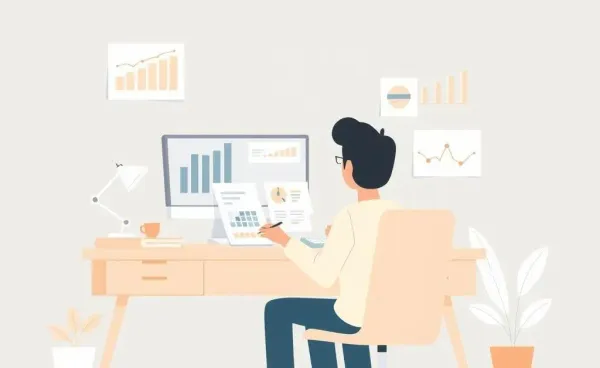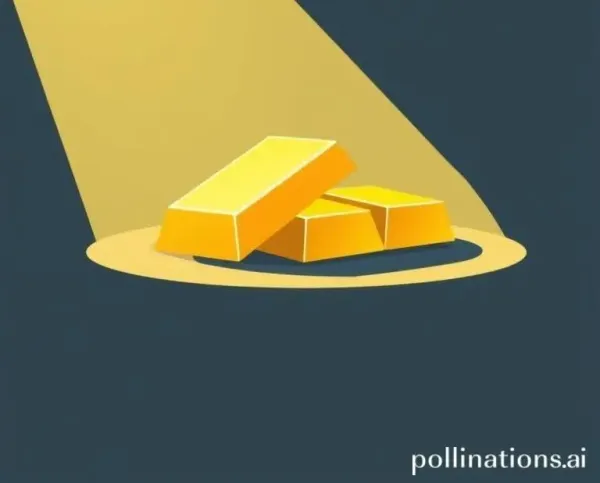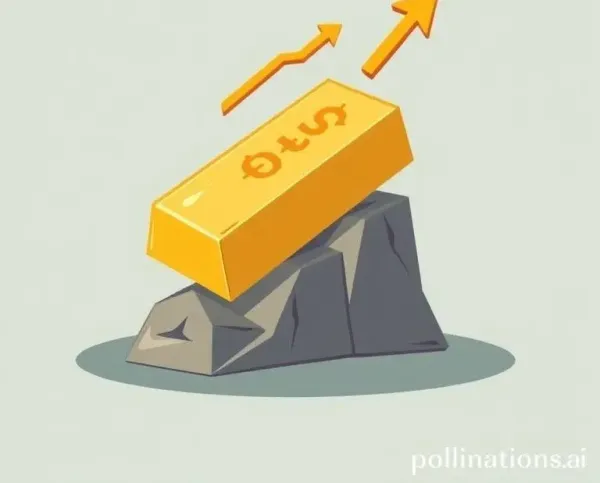Understanding PMI: What It Is and How to Avoid It
Learn what PMI is and uncover strategies to avoid it in your home loan journey.
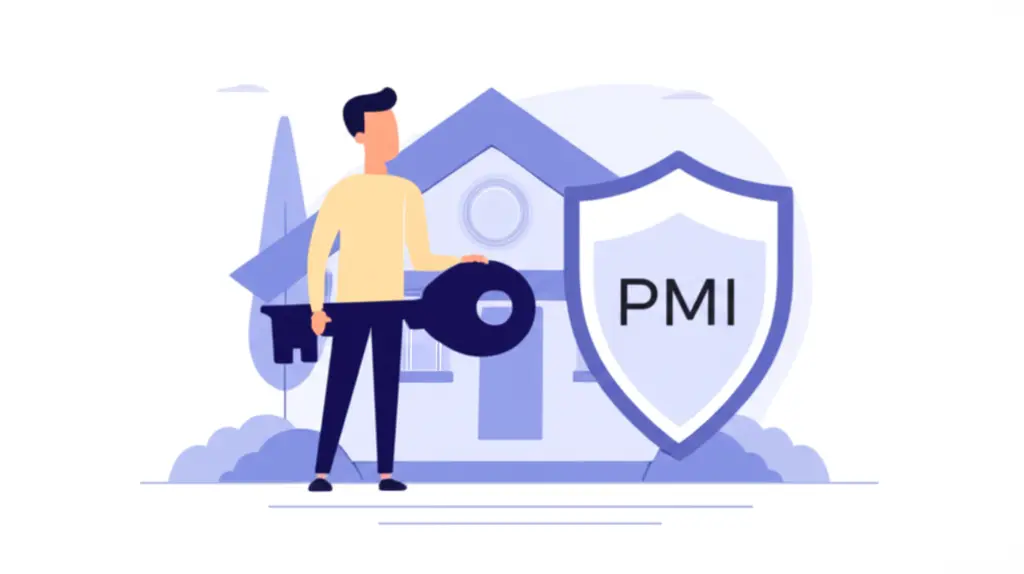
When diving into the world of home ownership, there’s a term that often pops up and leaves many scratching their heads: PMI, or Private Mortgage Insurance. It sounds a bit daunting at first, but understanding PMI can potentially save you hundreds of dollars each month. So, let's get into it!
What is PMI?
PMI is essentially an insurance policy that protects the lender in case you stop making payments on your mortgage. Yes, the irony isn’t lost on me — it's you who pays for a policy that doesn’t directly benefit you. Mortgage lenders typically require PMI when your down payment is less than 20% of the home’s purchase price.
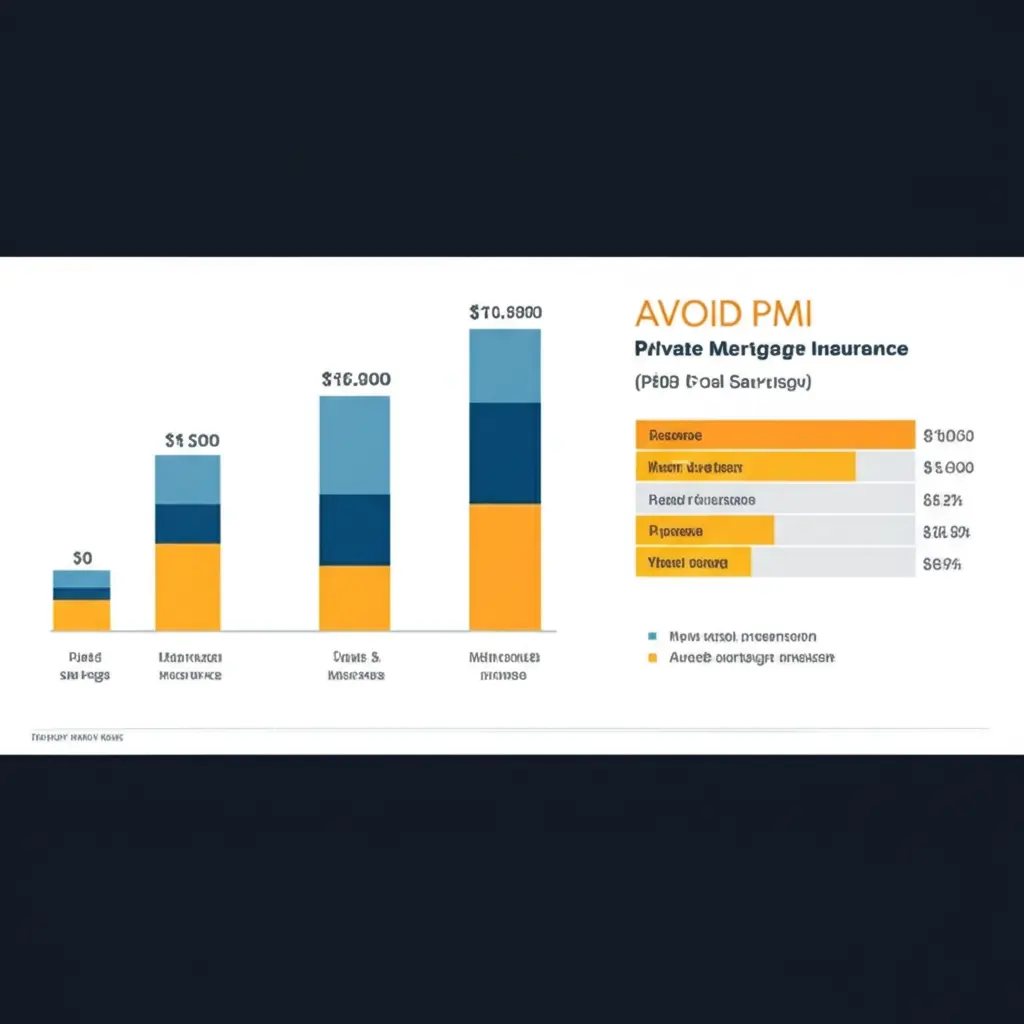
Why Do Lenders Require PMI?
From the lender’s perspective, a smaller down payment indicates a higher risk. PMI helps reduce their risk, which is why they often mandate it until you build up at least 20% equity in your home.
How Much Does PMI Cost?
The cost of PMI can vary significantly. On average, it might add anywhere from 0.3% to 1.5% of the original loan amount per year to your mortgage payment. For context, if you’ve financed $300,000, PMI could cost you about $1,500 to $4,500 annually.
Ways to Avoid PMI
Now, onto the part we’ve all been patiently awaiting — strategies to avoid this extra expense:
- Make a 20% Down Payment: The most straightforward way to bypass PMI is by putting down at least 20% when buying a home. It’s a hefty initial investment but can yield substantial savings in the long run.
- Piggyback Loans: Sometimes referred to as an 80-10-10 loan, this involves taking out a second loan for 10% of the purchase price and using it alongside another for 80%. The remaining 10% comes from your down payment.
- Lender-Paid PMI: Some mortgages offer a lender-paid PMI option where the lender covers the upfront cost in exchange for a slightly higher interest rate. Although it could mean higher monthly payments, it could be a win depending on your long-term plans.

Is Avoiding PMI Worth It?
It might feel great to avoid PMI, but the reality depends on your financial situation. Saving for a larger down payment can take a considerable amount of time, and housing markets can appreciate quickly in some areas. Consider speaking with a financial advisor for personalized advice tailored to your circumstances.
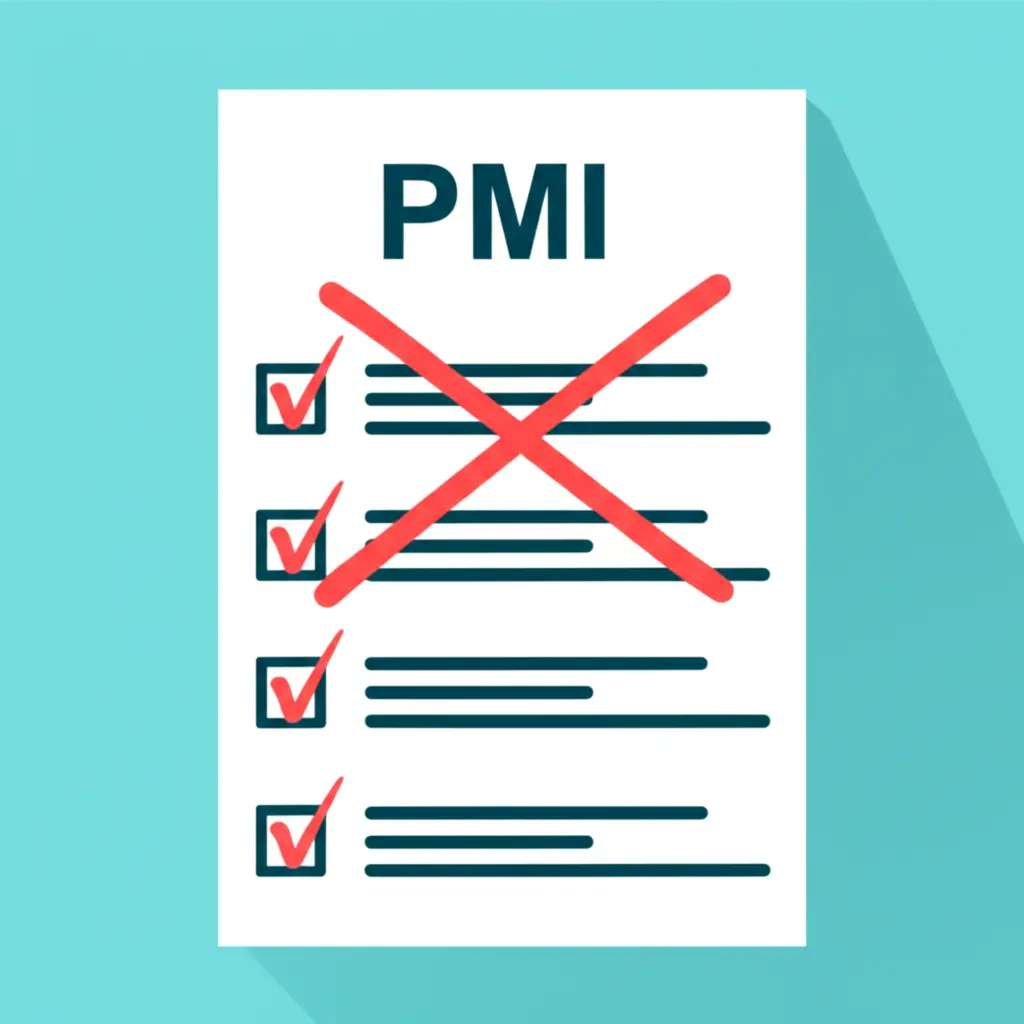
In conclusion, while PMI might seem like a pesky added expense, understand that it can open a doorway to home ownership for those not able to make a 20% down payment immediately. Conversely, if you can avoid it through strategic planning, your wallet will definitely thank you. After all, who doesn’t love a chance to save some hard-earned cash?
How has PMI affected your home-buying journey? Do you have strategies of your own to share? Let’s discuss in the comments below!


